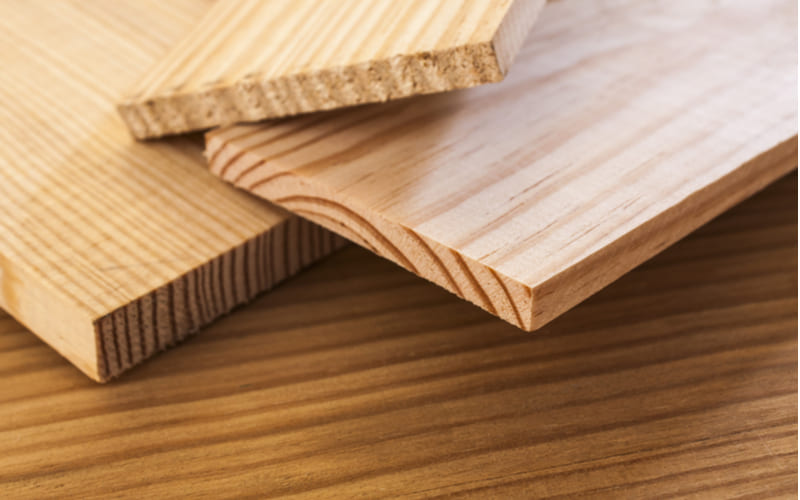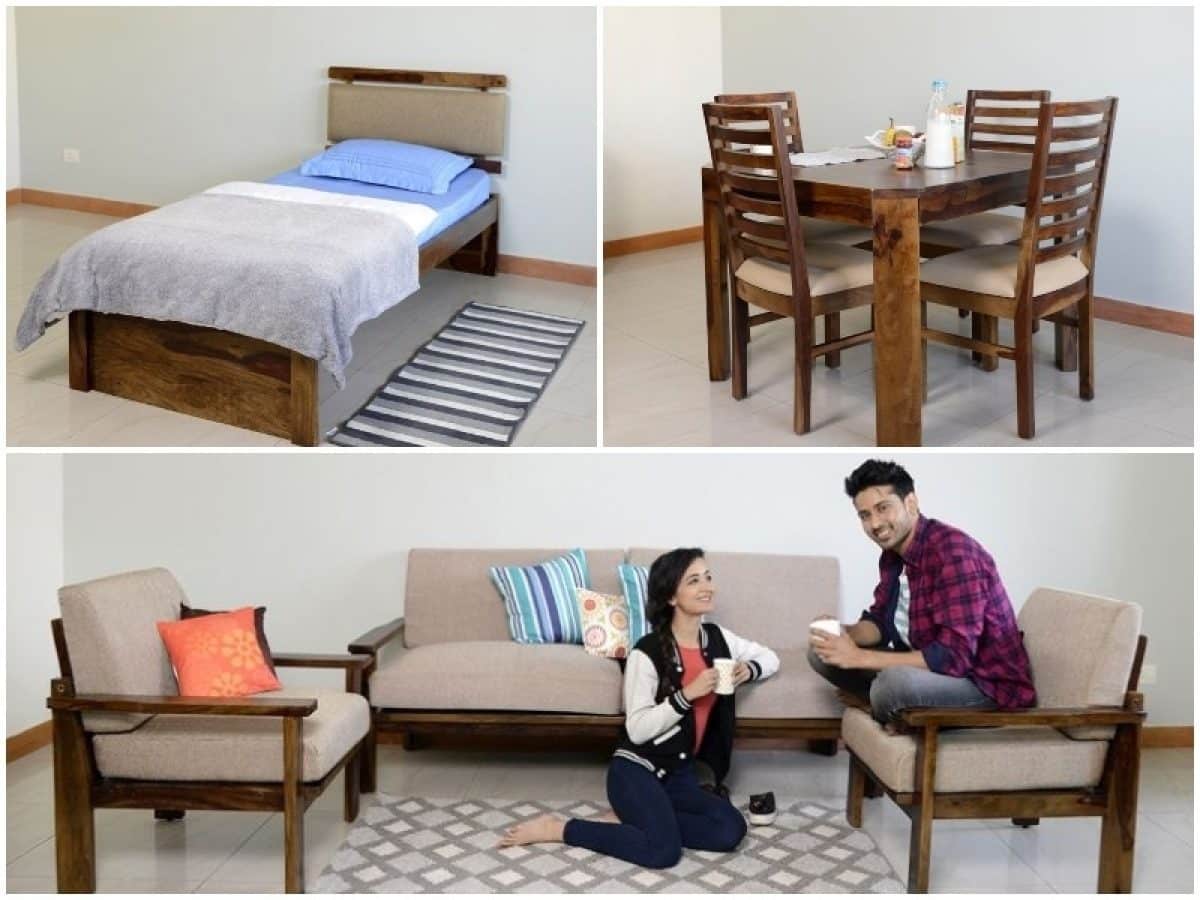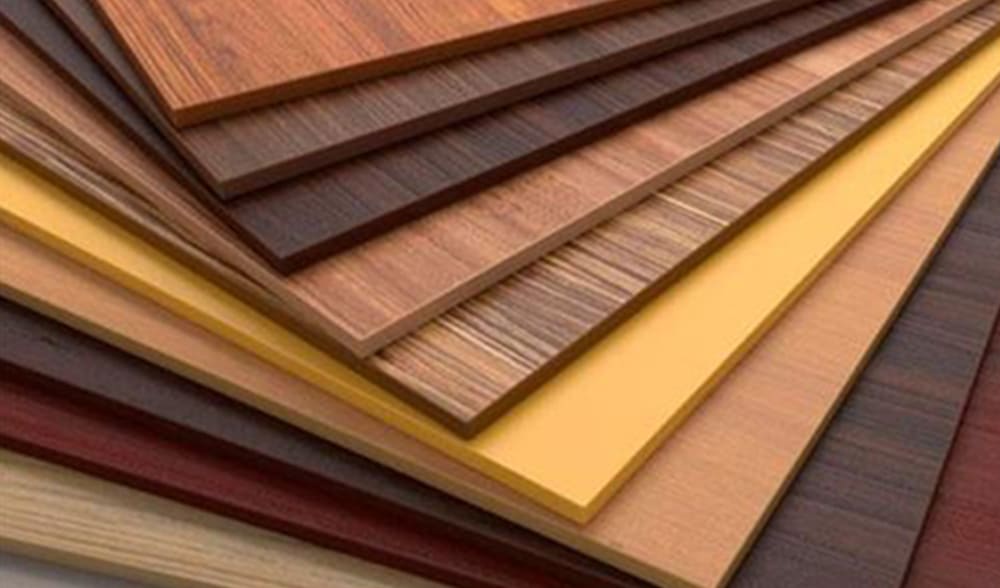Introduction:
Engineered wood, a versatile and sustainable alternative to traditional solid wood, has gained immense popularity in the construction and furniture industries. Comprising layers of wood veneers or fibers bonded together with adhesives, engineered wood offers a cost-effective and environmentally friendly solution. This article delves into the factors influencing the durability of engineered wood, highlighting its strengths and addressing potential concerns.
Composition and Manufacturing Process:
To understand the durability of engineered wood, it is crucial to explore its composition and manufacturing process. Typically, engineered wood consists of layers, each with its grain direction, glued together. Common types include plywood, particleboard, and medium-density fiberboard (MDF). The adhesives used in the lamination process play a pivotal role in determining the final product’s durability.
Adhesives and Durability:
The type of adhesive used significantly influences the durability of engineered wood. Phenol formaldehyde, melamine formaldehyde, and isocyanate-based adhesives are commonly employed in the manufacturing process. Phenol formaldehyde adhesives, known for their water-resistant properties, enhance the durability of engineered wood, making it suitable for applications in humid environments. However, some concerns regarding the emission of volatile organic compounds (VOCs) have led to the development of more environmentally friendly alternatives.
Moisture Resistance:
One of the primary concerns associated with wood products is their susceptibility to moisture. Engineered wood, when compared to solid wood, demonstrates enhanced resistance to warping, swelling, and decay. This resistance is attributed to the manufacturing process and the incorporation of moisture-resistant adhesives. Proper finishing and sealing further contribute to the longevity of engineered wood by preventing moisture penetration.
Structural Stability:
Engineered wood’s layered construction provides it with enhanced structural stability. The opposing grain directions in each layer counteract the natural tendency of wood to expand and contract with changes in temperature and humidity. This stability makes engineered wood an ideal choice for applications where solid wood might be prone to warping or twisting, such as in flooring and furniture.
Environmental Considerations:
As sustainability becomes a key focus in the construction industry, the environmental impact of materials is a critical consideration. Engineered wood, often manufactured from fast-growing and replenishable species, contributes to sustainable forestry practices. Additionally, the efficient use of raw materials in the manufacturing process minimizes waste, making engineered wood an environmentally responsible choice.
Challenges and Mitigations:
While engineered wood offers numerous benefits, challenges do exist. The most common concerns include delamination, adhesive failure, and susceptibility to extreme moisture conditions. However, advancements in manufacturing technologies and the use of improved adhesives have mitigated these issues. Regular maintenance, proper installation, and adherence to recommended usage guidelines can further enhance the longevity of engineered wood products.
Conclusion:
In conclusion, the durability of engineered wood stems from a combination of factors, including the type of adhesive used, moisture resistance, structural stability, and environmental considerations. While challenges exist, ongoing research and technological advancements continue to improve the performance of engineered wood, making it an increasingly attractive and durable choice for a wide range of applications. As the demand for sustainable and resilient building materials grows, engineered wood stands poised to play a vital role in the future of construction and design.





